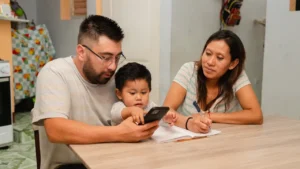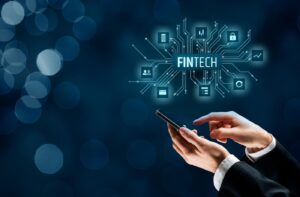
Man hand opening wallet, debt expense bills monthly and credit card at the table in home office , managing payroll,money risk financial concept
Living paycheck to paycheck is a reality for millions of people, regardless of how much they earn. It’s not just about income levels—it’s about how money is managed. In today’s fast-paced world, where expenses pile up quickly and savings often feel out of reach, breaking free from this cycle can seem daunting. But with a few foundational changes and consistent habits, it’s possible to regain control and create lasting financial stability.
Understand Where Your Money Goes
The first step in breaking the cycle is awareness. You can’t change what you don’t know. Many people underestimate how much they spend on small daily habits—morning coffee runs, dining out, or subscription services that go unnoticed. Tracking your expenses might seem tedious, but it’s eye-opening. Whether you use a spreadsheet, an app, or a simple notebook, document every purchase for a full month. Once you have a clear picture, patterns start to emerge. You’ll likely find areas where adjustments can be made without sacrificing your lifestyle.
Build A Buffer, Not Just A Budget
Budgets are crucial, but the real goal is to build a financial buffer—money that separates your expenses from your next paycheck. Creating a budget is only step one; sticking to it while setting aside even a small amount each month builds momentum. A buffer doesn’t have to be large at first. Even $25 a week adds up. Over time, this grows into an emergency fund, reducing your reliance on credit cards or payday loans when something unexpected comes up. The psychological relief of knowing you have a small cushion is also powerful—it shifts your mindset from scarcity to control.
Automate Savings Where You Can
Many people wait to “save what’s left” after spending, which rarely works. A better strategy is to treat savings like a fixed expense—just like rent or a utility bill. Automating even a modest transfer from your checking to savings account right after payday can build consistency. This approach removes willpower from the equation and ensures that saving happens regularly. Over time, these savings can fund emergencies, small investments, or debt reduction—all of which contribute to long-term financial freedom.
Address And Reduce Debt Strategically
Debt is one of the biggest anchors keeping people stuck in the paycheck-to-paycheck loop. High-interest debt, especially from credit cards, creates a cycle of minimum payments and growing balances. To break out of it, a strategic approach is needed. Some prefer the avalanche method—paying off debts with the highest interest first—while others prefer the snowball method—starting with the smallest balance to build motivation. Either works, as long as it’s consistent. The key is to stop using debt as a fallback and start seeing it as an obstacle to remove.
Increase Income With Intention
Cutting expenses is one side of the equation; increasing income is the other. While not everyone can instantly earn more at their current job, exploring additional streams of income can accelerate progress. This doesn’t necessarily mean picking up a second job—though that’s a valid option—but it might mean monetizing a hobby, freelancing, or selling unused items. The gig economy has opened up countless ways to earn outside of a traditional job. Any additional income should be directed toward savings, debt repayment, or building a buffer—not absorbed into daily spending.
Shift Your Financial Mindset
Perhaps the most powerful change is internal. If you’ve lived paycheck to paycheck for years, it’s easy to adopt a mindset of survival, where long-term planning feels impossible. But changing your financial story starts with belief. Viewing money as a tool rather than a source of stress can empower you to make different decisions. Start celebrating small wins—like saving $50, cooking at home for a week, or paying off a credit card. These victories build momentum and reinforce the belief that change is possible.
Final Thoughts
Breaking free from the paycheck-to-paycheck cycle doesn’t happen overnight. It’s a process of steady, intentional change—tracking spending, building a buffer, automating savings, reducing debt, finding ways to increase income, and most importantly, changing how you think about money. Every small decision adds up. Over time, those decisions become habits, and those habits shape a more secure financial future. You don’t need a dramatic increase in income to change your financial life. What you need is a strategy—and the commitment to stick with it. With patience, persistence, and a clear plan, financial freedom becomes more than a dream—it becomes your reality.
Find more insights in these resources:
https://seabreezetinyhomes.com
https://informagiovanicirie.net
https://thinkingcreatively.org
https://healthcareforgunner.com
https://free-download-casino.com





